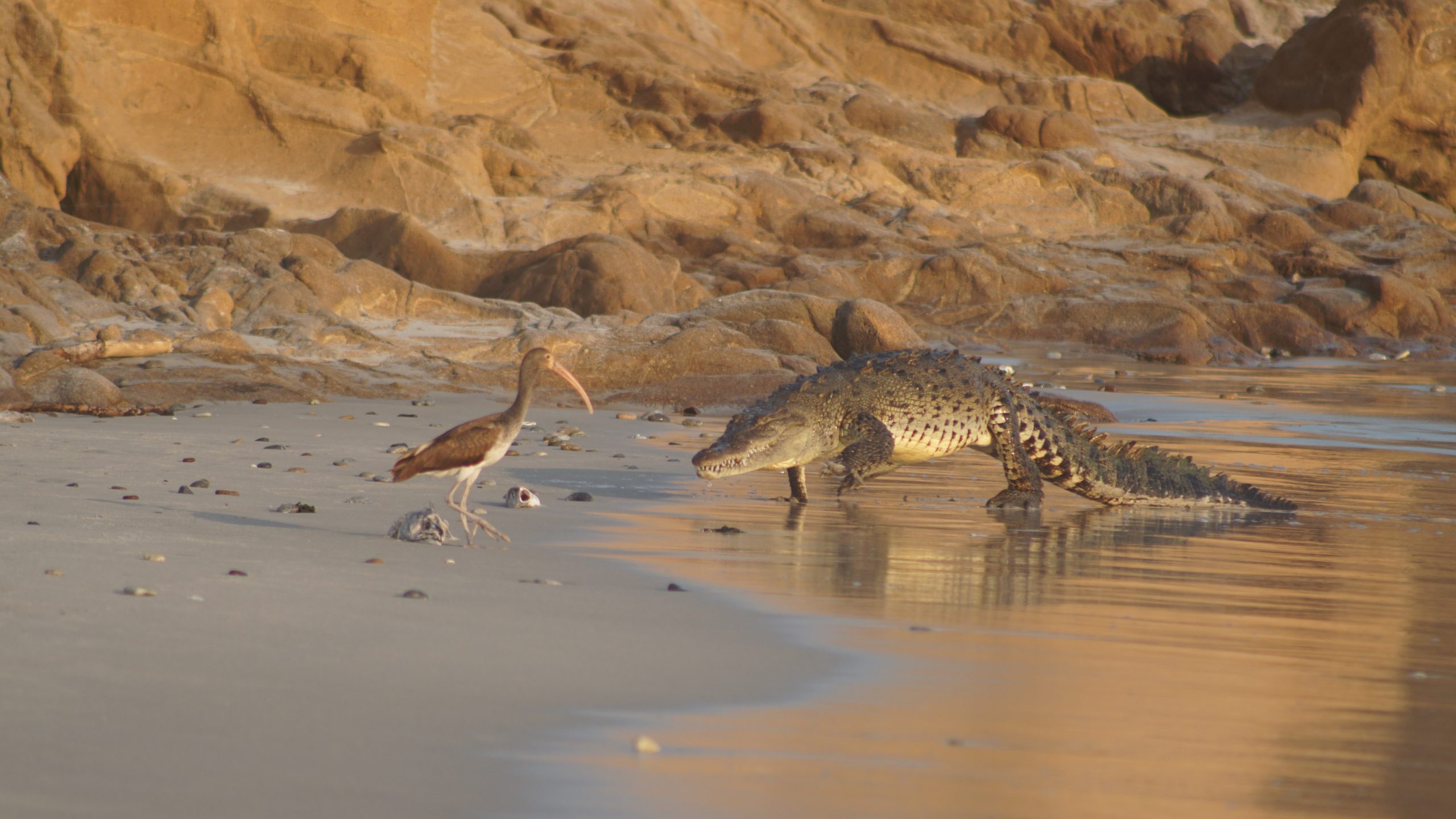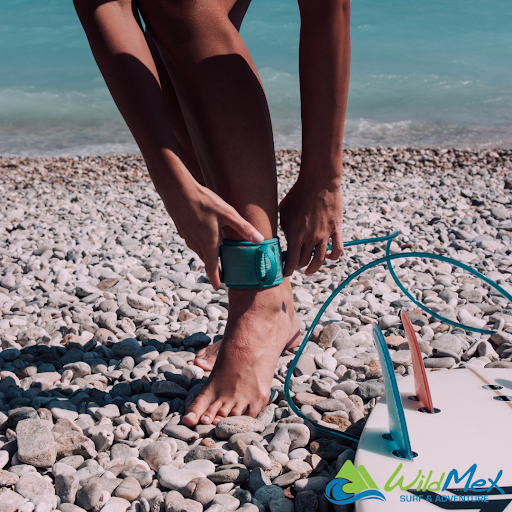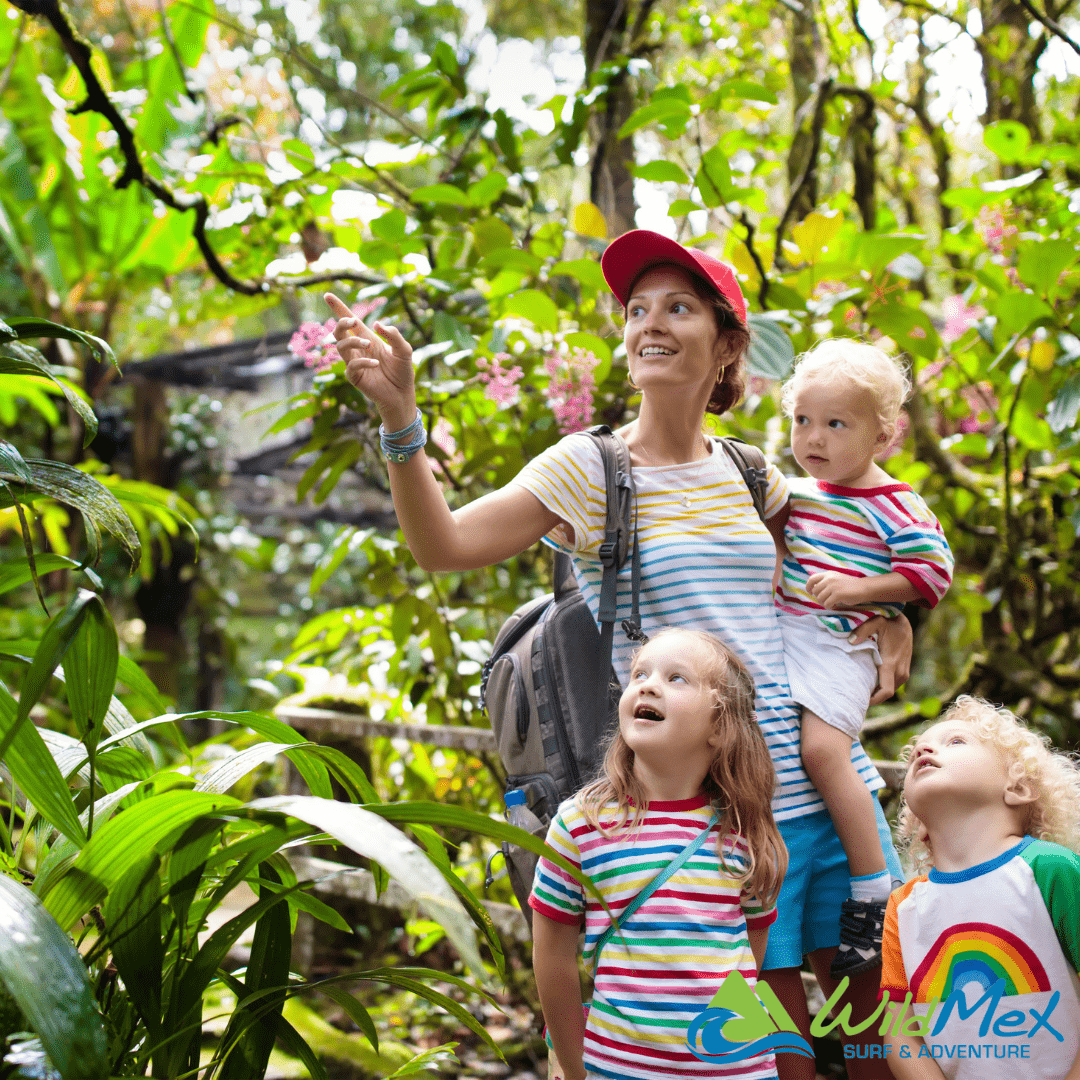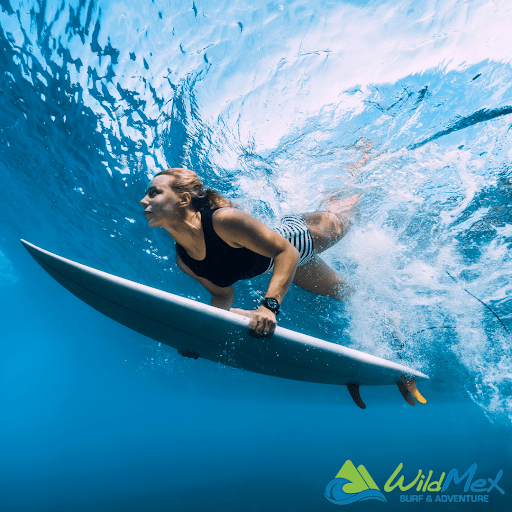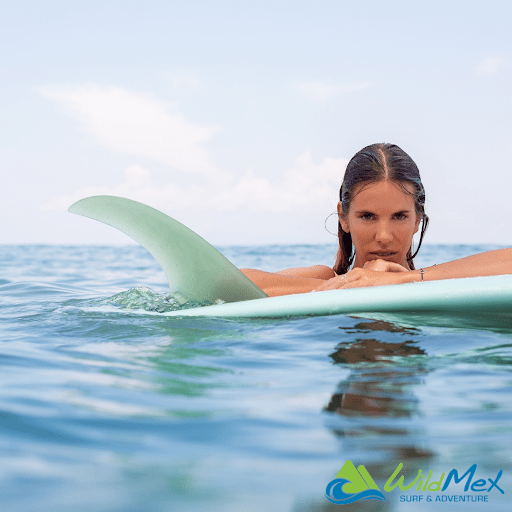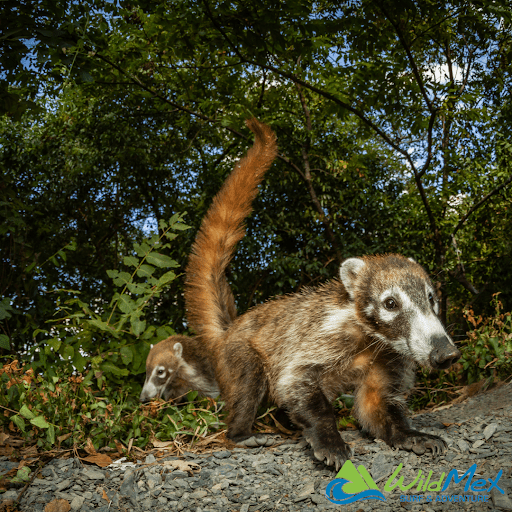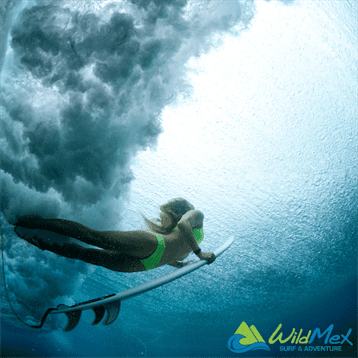Wildmex Surf Camp in Punta Mita (La Lancha): What to Expect on Day 1
Ready to take on your next challenge with a Surf Camp in Punta Mita? Do you know the true THRILL of catching your first wave? Learning to Surf in Mexico is an experience like no other. With the sun beaming down, crystal waters, and a one-of-a-kind chilled-out vibe, Surfing in La Lancha is here to …Read more Wildmex Surf Camp in Punta Mita (La Lancha): What to Expect on Day 1


